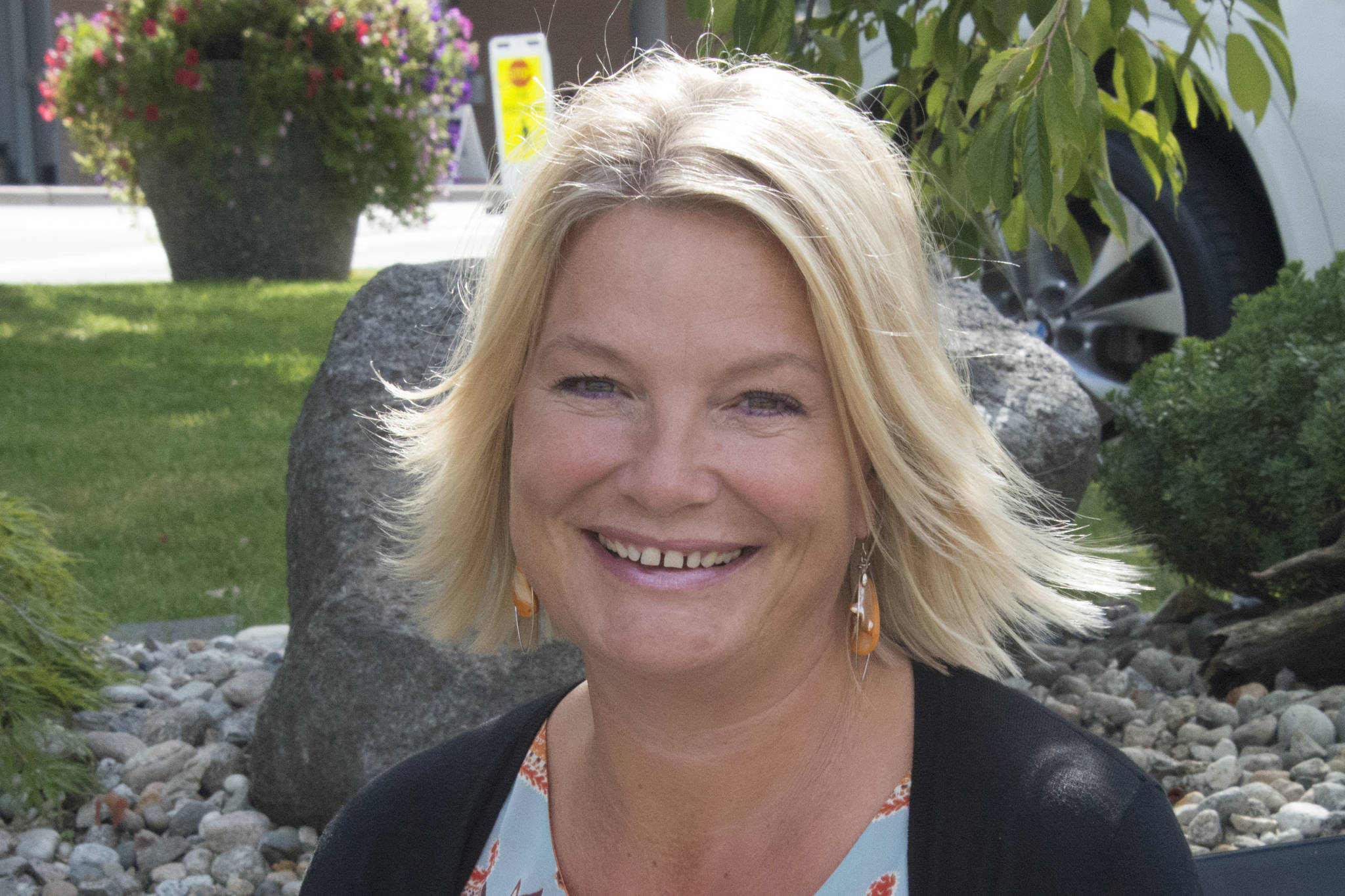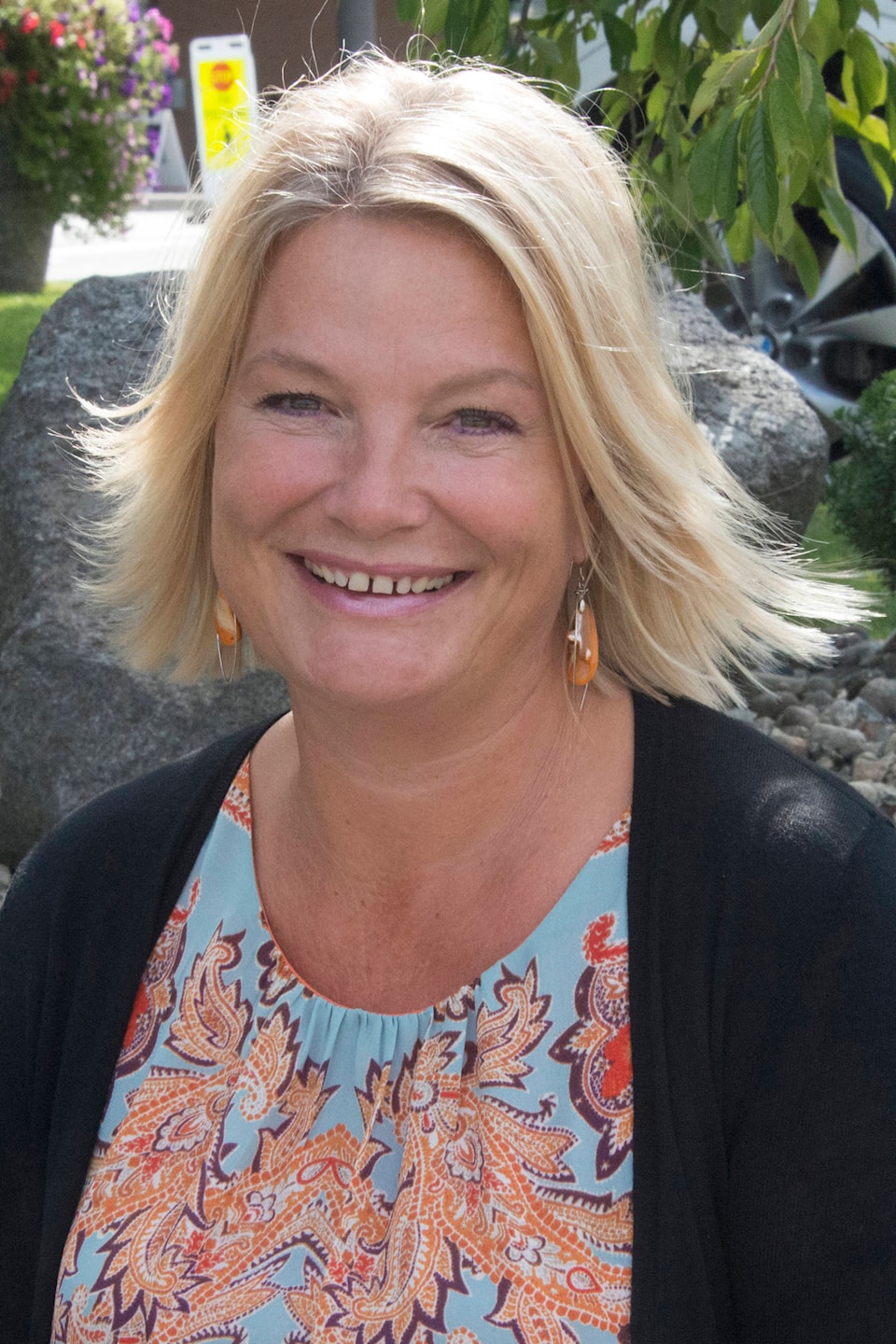The head of an economic development body in Trail is striking back at people opposed to a plan to bring highly skilled immigrant workers to the West Kootenay region.
“We got calls from people telling us they don’t want diversity in their community,” says Terry Van Horn, the executive director of the Lower Columbia Initiatives Corporation in Trail.
“It is abhorrent. It is disgusting and horrifying,” she says. “One of my key people is brand-new to Canada from South Africa. She and her husband are unbelievable contributors to the economy. And to get someone saying they don’t want foreigners here, it is embarrassing, frankly.”
Van Horn’s agency, working with several others in the West Kootenay, announced last week they had entered into an agreement with the federal and provincial governments to bring skilled labour to the Kootenay.
The Rural and Northern Immigration Pilot identified 11 communities that would benefit from increased immigration to address local economic development needs, including Nelson, Castlegar, Trail, Rossland, and surrounding areas.
“Both in our community and others, one of the biggest barriers to growth, after interviewing hundreds and hundreds of employers in this region, was the availability of skilled labour,” says Van Horn. “The businesses have to compete for skilled talent — I am talking about engineers, technologists, super-high-skilled employees.”
The newcomers won’t be taking low-skill jobs that locals could do, nor will there be hundreds of newcomers looking for housing, which was another issue raised by online and phone commenters.
“We are looking at attracting one or two workers a year,” says Van Horn. “I don’t know where the ‘250’ number came from, but there’s no way in God’s Green Earth we can get 250 people here in 2-3 years.
“It’s just not going to happen. Honestly, it takes a year of work working with an individual to get him and his family to our community.”
And the new workers will be coming into areas that have been identified as lacking skilled workers.
“This got completely glazed over … we got to choose the skills we wanted to attract here. It’s not an open door for any skilled worker,” Van Horn says. “We have identified engineers, health care workers, metallurgical and advanced materials experts as a gap for us.
“It’s not just anyone.”
Van Horn says knee-jerk reactions against newcomers actually undermine existing businesses and local employment.
“One-hundred-per-cent absolutely. If we don’t have the talent living here to support those businesses, well, every day our businesses get offers all the time from all over the place with offers to relocate, with some really great incentives. They’ll offer them land, they’ll offer them tax breaks. they’ll offer them building incentives.
“It is always a risk that if we cannot make sure existing businesses are strong and healthy, someone is going to offer them something better.”
Part of keeping those businesses here is making sure they have the staff to work with.
“But it still has to be financially feasible for them to run their business and if they can’t get the skilled staff that they need, and can’t produce what they need to produce without that staff, then they have to look at other options. And that can be very well be externally.”
People opposed to newcomers to the Kootenays have to ask themselves some tough questions.
“So what do you want me to do? Do you want to see these business closing down?” asks Van Horn. “I don’t think so. And this is a way to solve that for these existing businesses.”
Housing an issue
Not that a handful of professionals is going to affect the local housing market, but Van Horn says that’s a red herring in this case as well. While there aren’t many rentals in some areas, and affordability is a growing issue, she says housing is a problem everywhere.
“When people are talking about affordable housing in our region, if you take one step out of our area and look at prices, you’ll see we are very affordable,” she says. “And so to talk about the prices being high, it’s unrealistic. They’re stuck in the 80s or 90s, it’s not realistic anywhere in the world now.”
“It’s not something that’s going to go away or magically fix itself. There has to be a lot of investment, internally and externally, and it will take time.”
The LCIC and other local economic development groups are now working on a full-scale housing study to get a handle on just what the region needs for housing, she says.
People raising concerns about foreigners taking away low-skilled or retail jobs may be reacting to seeing so many Selkirk College foreign students working in convenience or fast-food locations, she says. But she says many of those jobs just aren’t attractive to Canadian workers, and would go unfilled without workers.
The Kootenays currently have an unemployment rate of 6.3 per cent, which is above the provincial average of 4.5 per cent (earlier this year the region had the lowest unemployment in the province). But more than 1,000 vacancies have been advertised on the Kootenay Career Development Services job board. Some local businesses are operating with an employee shortage because they can’t find anyone to fill their open positions.
Finally, being anti-foreigner isn’t being very reflective of the Kootenays, she says.
“Here we are, trying to promote our region as inclusive and warm and friendly,” says Van Horn. “And to have people express prejudice or unrealistic, invalidated comments is very disheartening.
“And it doesn’t bode well in our community as we are trying to grow and expand and be more inclusive. We need to think about where are we going to get the talent to keep our economy strong and healthy?
“Locally we don’t have it.”

